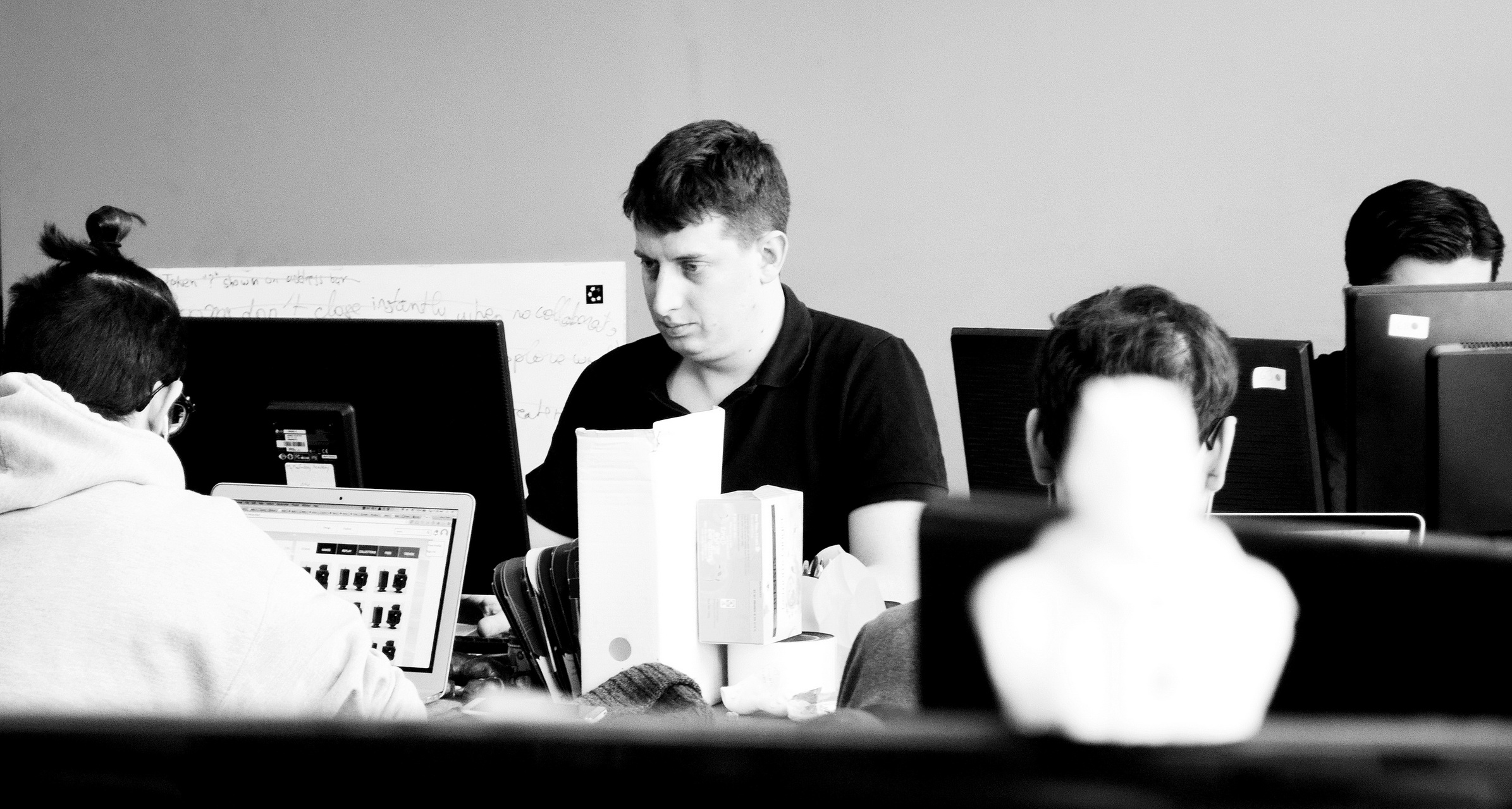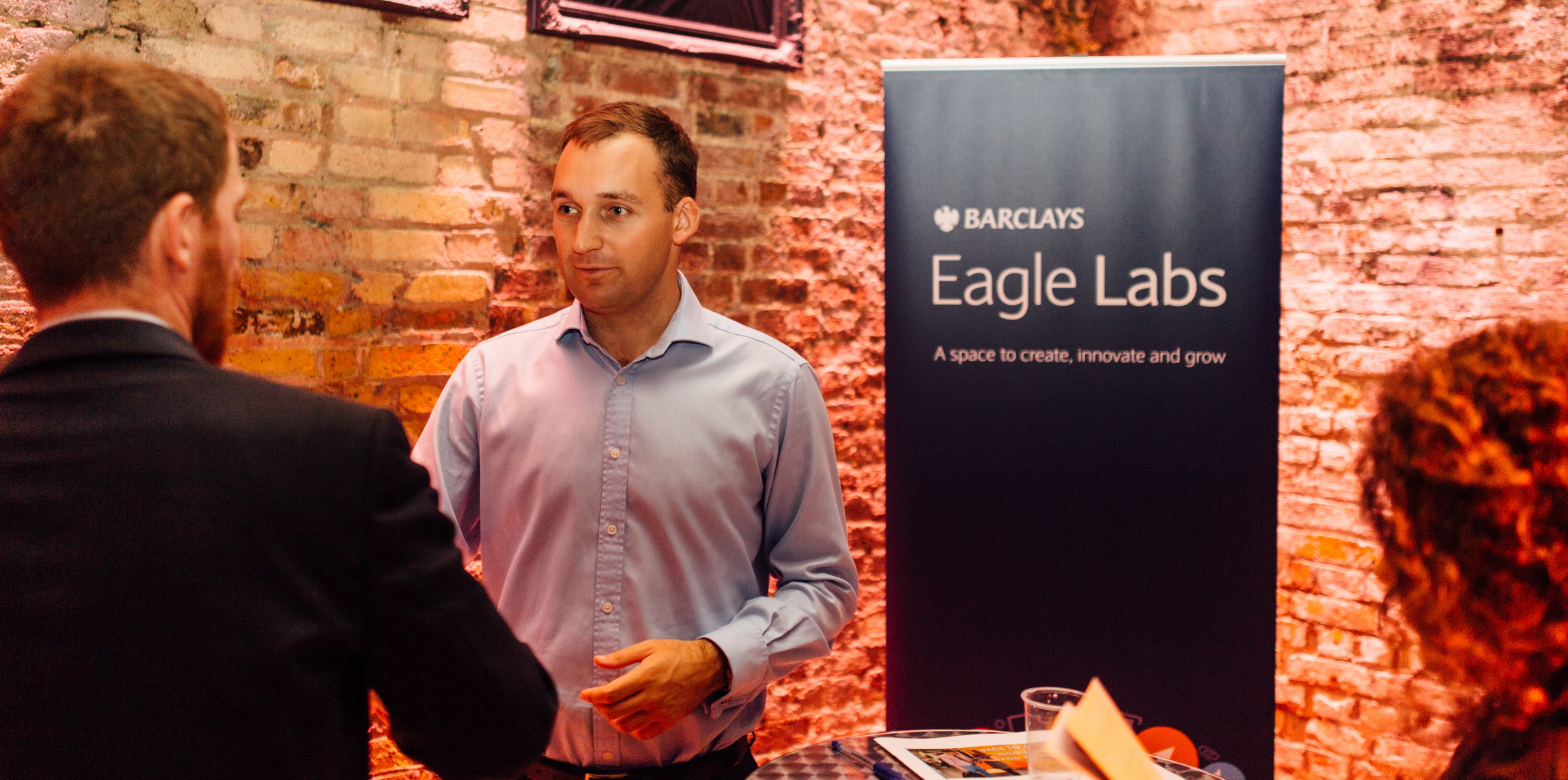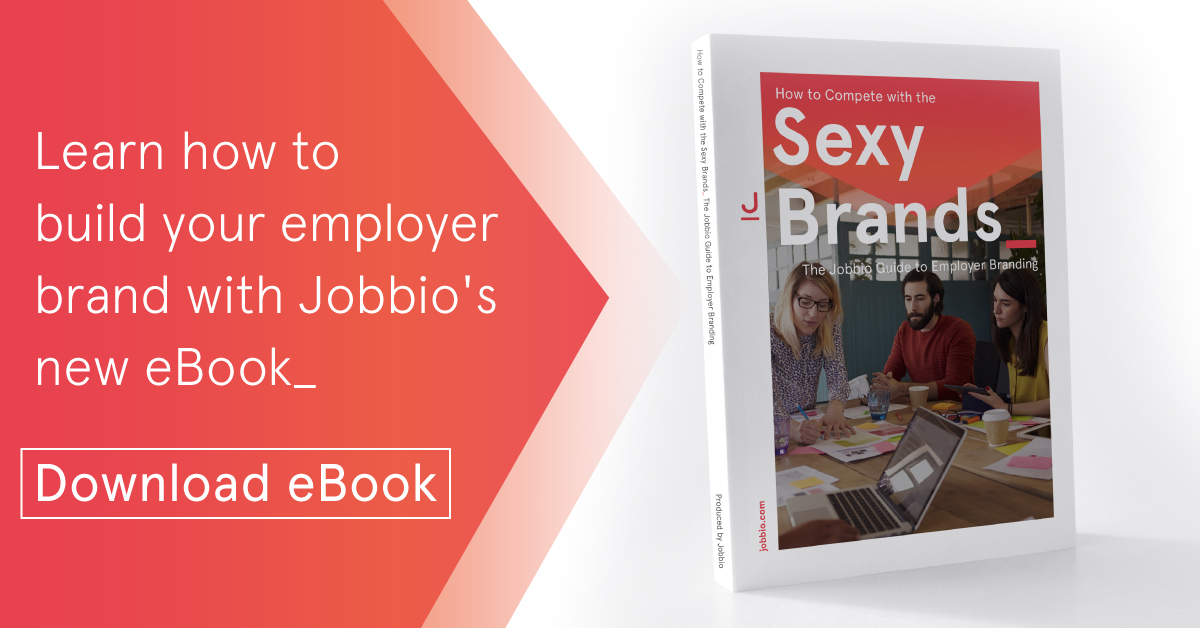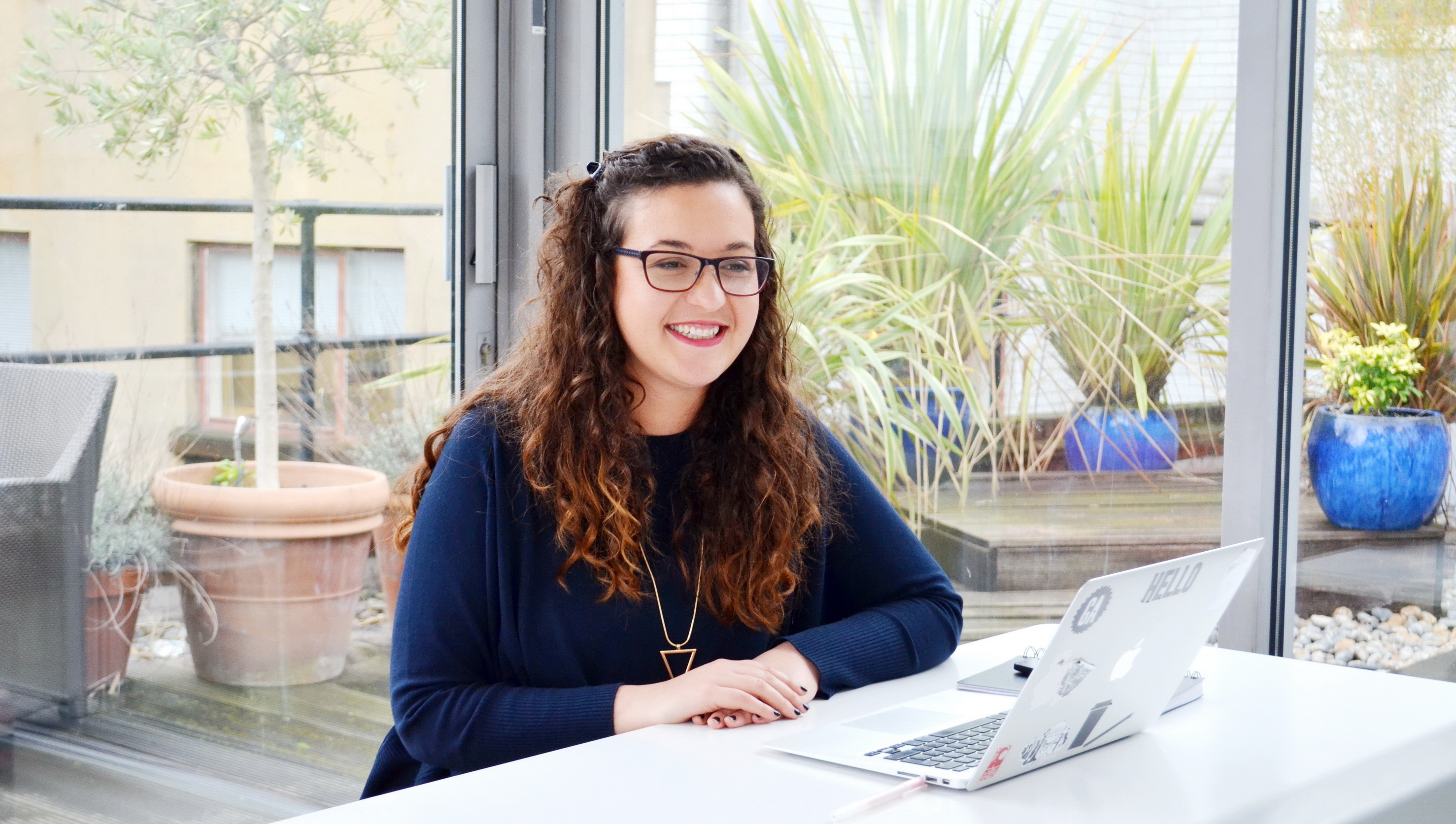Pioneered in early 80’s, Additive Manufacturing, better known as 3D printing, has since been considered as one of the most promising technologies to change our perception of printable objects and their use in business, science or even for domestic purposes. In their 2014 report on trends in the tech world, Wells Fargo named 3D printing as the fastest growing area in IT with 95% growth between 2012 and 2017.
With 3D printing becoming a lot more accessible for general public and smaller-scale businesses, the trend has it that 3D printers might soon become another gadget available in every household. One of the panels at EXPAND London, a startup event kicking off this Thursday, gathers founders and CEOs of the successful startups that established themselves within the tech industry. We met one of our keynote speakers Romain Kidd prior to the event. The CEO of the fully curated 3D printable model marketplace MyMiniFactory shared with us the vision of the company with the throwbacks to the early stages of its startup journey.
How did you get involved with MyMiniFactory and why did you decide to join the company at its initial stages?
I started my career as a consultant in the Energy & Utilities sector. At the time, I was working with clients who were studying investment decisions in power plants and other such assets with 50-60 years lifespans. Innovation was incremental, and, for good reasons then, the investment decisions took years. However, I felt the need to invest myself in a more rapidly changing world.
As a result, I started a few projects of my own and one of them focused on 3D printing. That’s when I met with the founder of MyMiniFactory, Sylvain Preumont, and I joined the team in October 2013. On top of its innovative side, the 3D printing industry is still in its early days, and so full of pioneers. This is the best part: as a team, we have an opportunity to shape this industry by adding our vision to its development.
Since its launch in 2013, MyMiniFactory has enjoyed a rapid growth. What do you think has ensured popularity of the company?
We are not the first platform distributing 3D printable content, but we were the first to recognise that the quality of the files increases the experience of 3D printer owners all around the world. We guarantee this quality by test-printing every single object before publication. This means we’ve built a community where users can browse the content without the doubt or fear that the print won’t work, without wasting their time and material.
We’ve also been pretty aggressive with the launch of a lot of new products like MyMiniFactory Connect (to connect designers and makers), MyMiniFactory Wonderland (where the curation process is delivered by the community), MyMiniFactory TV (where designers and makers can stream their design or 3D printing), etc. All of these repeated efforts by the team amounted in the growth and popularity of MyMiniFactory.

“I care less of what universities talents come from but more of their extracurricular activities, passions that they pursue.”
What were the challenges you faced while building the product?
We were building the platform at the same time as going through this growth, which means we had to work really hard to keep things running, and scaling our operations and capacity to publish objects was a challenge. In the first 2 years, we test-printed 10,000 objects internally and grew to 1,000 objects test-printed per month. Going through this exercise taught us a lot about what it means to be a 3D printer owner and a maker, and gave us insights that our competitors might not have. These insights were key when building out the MyMiniFactory Wonderland, our platform where the community can process the objects. This is helping us scale very fast.
And of course, nothing is possible without a great team. Finding the right talent to join the team is a critical ongoing task. We look for people who understand and share the vision behind MyMiniFactory and are ready to take part in this adventure. I care less of what universities talents come from but more of their extracurricular activities, passions that they pursue and things they are excited about and want to contribute to. That can be an entrepreneurial project, online portfolio or, for instance, launching their own website or blog. Something more than just a diploma.
MyMiniFactory has recently raised over £700,000 investment on Seedrs. How will you use the funds to improve the platform?
We plan to continue growing, executing according to our vision and launching new features for generating revenue. For example, we will be launching a new store which will allow every designer to sell their designs through our network of 3D printer owners. You can also expect premium services. And we’re launching more and more competitions with amazing brands who share our vision for the future of objects, like Parrot and Pebble.

“Our ambition is to be the best place to connect talented 3D designers with people who have access to desktop 3D printers.”
Would you also share tips on how to make your project successful on Seedrs?
First and foremost, be completely unapologetic about being in a crowdfunding round. You have to put it everywhere. Put it next to your logo, on your website, in your email signature… Be unapologetic about it with the outside world but also with your own team – they should know this is the most important thing you are doing at that time. Since such crowdfunding is public, the pressure of failure raises in comparison to private funding round. Failure is simply not an option, you won’t be able to keep it behind closed doors. In our case, it took us a good month of preparation before we went live.
What is your recipe of a successful startup?
A couple of years ago, “3D printing” became a buzzword, mentioned in every other news article. It was great publicity and free marketing to a large extent, but also inflated people’s expectations, thinking that anything can be created out of a desktop 3D printer. Attracted by this buzz, a lot of entrepreneurs started companies during that wave and competition has been fierce since then, but eventually very few were successful in fundraising.
When I look back at our track record over the past 2.5 years, the fact that we are the number 1 curated platform and that we went through a successful equity crowdfunding round (which no other 3D printing startup has done to the best of my knowledge), this shows that we are leading the race. This was only possible through the combination of a vision and hard work by the entire team. But we’re obviously a long way away from absolute success. Our ambition is to be the best place to connect talented 3D designers with people who have access to desktop 3D printers. That will take even more hard work to get there.

“MyMiniFactory has teamed up with Parrot to launch a challenge to design innovative accessories and add-ons for Parrot’s new line of small-scale drones.”
What is your advice to aspiring entrepreneurs and designers looking to enter the industry as well as those wanting to join MyMiniFactory?
The world around us is changing rapidly – books, music or videos – objects are now going digital. This is quite a radical vision that you should understand and share. For me, the most pragmatic way to convince yourself of this change and enter the world of 3D printing is to get your own 3D printer. It doesn’t have to be an expensive one, but that will teach you a lot about where the technology is at and the business opportunities. It’s really cheap to start a project or company, so you can validate a lot of assumptions quickly. In my personal experience, seeing what talented designers can create was certainly an eye-opener. We love these profiles at MyMiniFactory: people who demonstrate their capacity to execute through their entrepreneurial projects. This clearly sets you apart from the thousands of candidates who claim they “love technology” because they flick through Wired and have an iPhone and a Twitter account… Getting your hands dirty means a lot more, and you don’t have to be a computer scientist.
If I had to advise my younger self…
I would tell my younger self to replace a lot of the theoretical experiences you go through at university (but don’t really need on a day-to-day basis) with practical ones. Starting your own company, starting your own blog about the topic you are super-interested in, even maintaining a Twitter account – showing that you went from zero to something, that you actually executed it – that’s what matters. Do something more than just sitting in the room with hundreds of other students listening to the same guy. Start finding your own way!
Ready to pursue your passion? Connect with MyMiniFactory on Jobbio to never miss a new opening!











